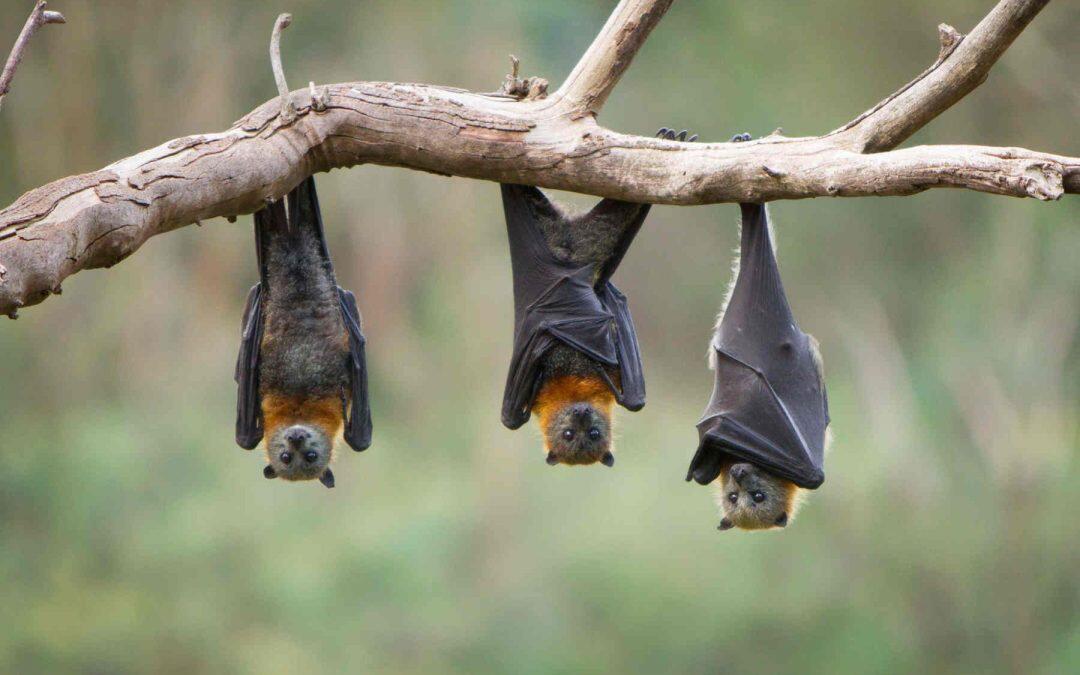Do Koala monopolizes have much attention thanks to their sweet appearance? A new study provides quantitative data to an ongoing debate about whether emblematic species of conservation receive advertising and other funds to the detriment of the common considered less attractive. Researchers at the Murdoch and Curtain universities, Western Australia, have been thoroughly revised 14 000 248 articles, books and conference proceedings on 331 mammals of Australia and New Zealand fauna and have found an overwhelming bias against the study of the species’ ugly “. Rodents and bats accounted for only 11 percent of care, where Koalas and Kangaroos accounted for 73%.
And to make matters worse, much of the research on these animals is unaesthetic surface: mere taxonomic descriptions that merely naming the species and to describe its size, said lead author Patricia Fleming. Ignore the habitat, food sources and behavior difficult to protect against the dangers that threaten their survival. Such information gaps affecting wildlife in many other places, apart from Australia, of course. “There are many cosmopolitan taxa, such as amphibians, whose situation is even worse and have been poorly studied,” warns Simon Watt, founder of the Society for the Conservation of Ugly Animals. These species may be more important from the ecological point of view than those who consider worth saving. For example, bats help control insect pests that transmit diseases or devastate crops.
Fleming intends to appeal to the study of diverse animals, while acknowledging that perhaps save funding for research or unattractiveness species is always lacking. “The cake to be shared is small and always will be excluded , ” he laments. In Australia, for example, most of the federal budget allocated to conservation is intended to combat invasive species. And while removing rabbits introduced from Europe can promote Australian native flora, does not help the kangaroo rat arenícola ( Notomys alexis ) or the bat ghost ( Macroderma gigas ), let alone the koala.











